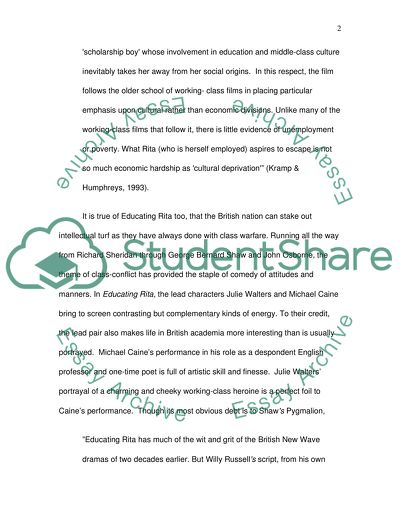Cite this document
(Is Educating Rita a Comedy of Gender or Social Class Movie Review, n.d.)
Is Educating Rita a Comedy of Gender or Social Class Movie Review. Retrieved from https://studentshare.org/visual-arts-film-studies/1553243-is-educating-rita-a-comedy-of-gender-or-social-class
Is Educating Rita a Comedy of Gender or Social Class Movie Review. Retrieved from https://studentshare.org/visual-arts-film-studies/1553243-is-educating-rita-a-comedy-of-gender-or-social-class
(Is Educating Rita a Comedy of Gender or Social Class Movie Review)
Is Educating Rita a Comedy of Gender or Social Class Movie Review. https://studentshare.org/visual-arts-film-studies/1553243-is-educating-rita-a-comedy-of-gender-or-social-class.
Is Educating Rita a Comedy of Gender or Social Class Movie Review. https://studentshare.org/visual-arts-film-studies/1553243-is-educating-rita-a-comedy-of-gender-or-social-class.
“Is Educating Rita a Comedy of Gender or Social Class Movie Review”. https://studentshare.org/visual-arts-film-studies/1553243-is-educating-rita-a-comedy-of-gender-or-social-class.


